This post may contain affiliate links. For full information, please see our disclaimer here and our Privacy Policy here.
Welcome to the Solo Female Travel Safety Tips and Advice page for Bolivia!
This page is brought to you by Solo Female Travelers Tours, our curated small group trips for women, by women.
On this page you will find first-hand, unbiased, and real safety tips, advice and reviews from women traveling solo, submitted directly from their personal experiences in the country.
Their opinions are unfiltered and submitted independently as part of the Solo Female Travel Safety Index, a ranking of 210 countries and regions based on how safe they are for women traveling solo.
The safety scores range from 1 to 4 with 1 being the safest and 4 being the most dangerous for solo female travelers.
You don’t need to login to read the below reviews. But do sign up or login to share your solo travel experiences, country safety rating and comments.
Jump straight to: Travel Tips | About the Index | Resources I Leave a Review
MAKE A DIFFERENCE – LEAVE YOUR SAFETY REVIEWS!
We can make the world a safer place for women traveling solo together. Sign up to our portal and leave your reviews NOW. Share your experience with other solo female travelers and help us empower more women through travel.
Bolivia Country data
We have compiled a few data points below that can help you better understand Bolivia and have more context when thinking about travel safety.
Official country name: Plurinational State of Bolivia.
Etymology: The country is named after Simon Bolivar, a 19th-century leader in the South American wars for independence.
Country map
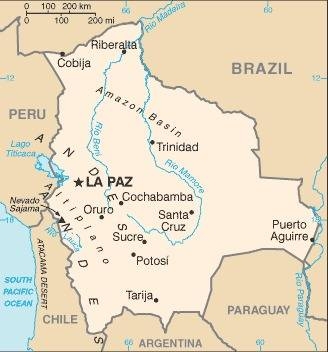
Locator map
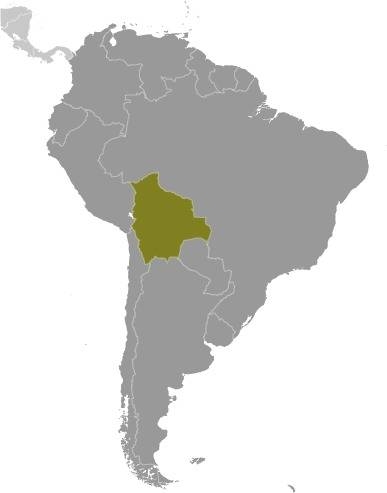
Flag
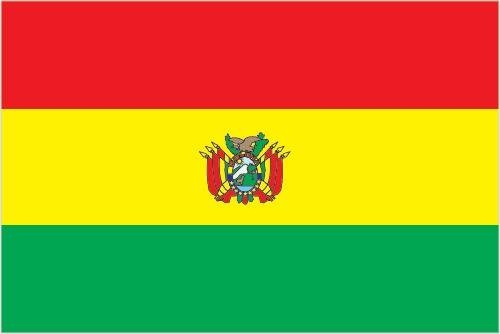
Capital: La Paz is the administrative capital and Sucre the constitutional (legislative and judicial) capital.
Independence / foundation: Bolivia, named after independence fighter Simon Bolivar, broke away from Spanish rule in 1825. Much of its subsequent history has consisted of a series of coups and countercoups, with the last coup occurring in 1978.
Democratic civilian rule was established in 1982, but leaders have faced problems of deep-seated poverty, social unrest, and illegal drug production.
Population: 12 million.
Currency: Bolivian Boliviano (BOB)
1 USD = 6.88 - 6.94 BOB
1 EUR = 7.42 - 7.59 BOB
Time zone: UTC-4
Languages spoken: Spanish (official) 60%, Quechua (official) 21%, Aymara (official) 15%, Guarani (official) <1%, other native languages <1%, foreign languages 2%, none <1%.
Religions: Roman Catholic 70%, Evangelical 14%, Adventist 2%, Church of Jesus Christ 1%, agnostic <1%, atheist <1%, other 3%, none 7%, unspecified <1%.
Climate: Varies with altitude. Humid and tropical in the lower levels and cold and semiarid in the higher elevation.
Real GDP (ppp – purchasing power parity): $101 billion.
Real GDP per capita (ppp): $8,200.
Main airports: Santa Cruz Airport, La Paz Airport,
Cochabamba Airport.
World heritage sites in Bolivia
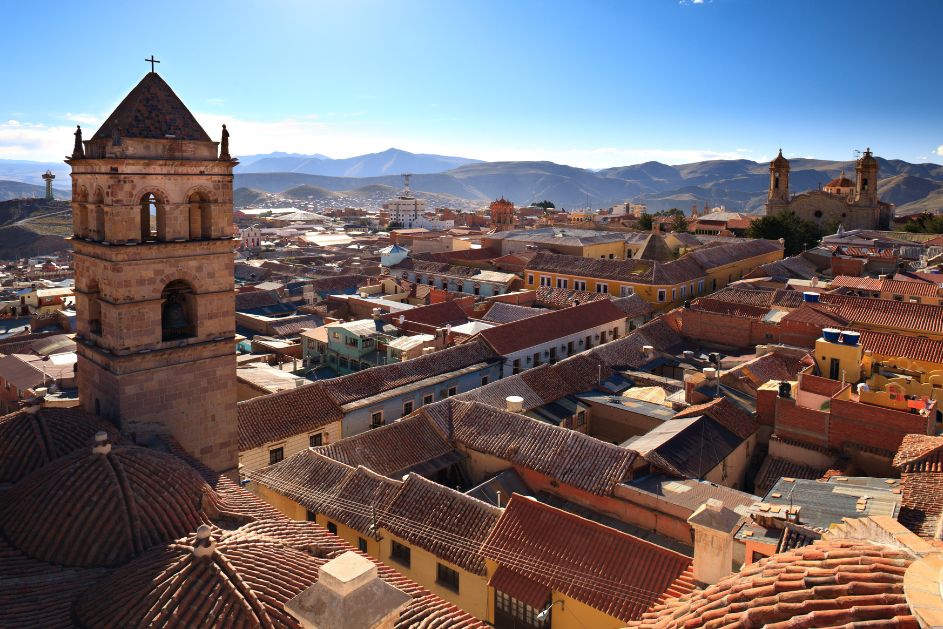
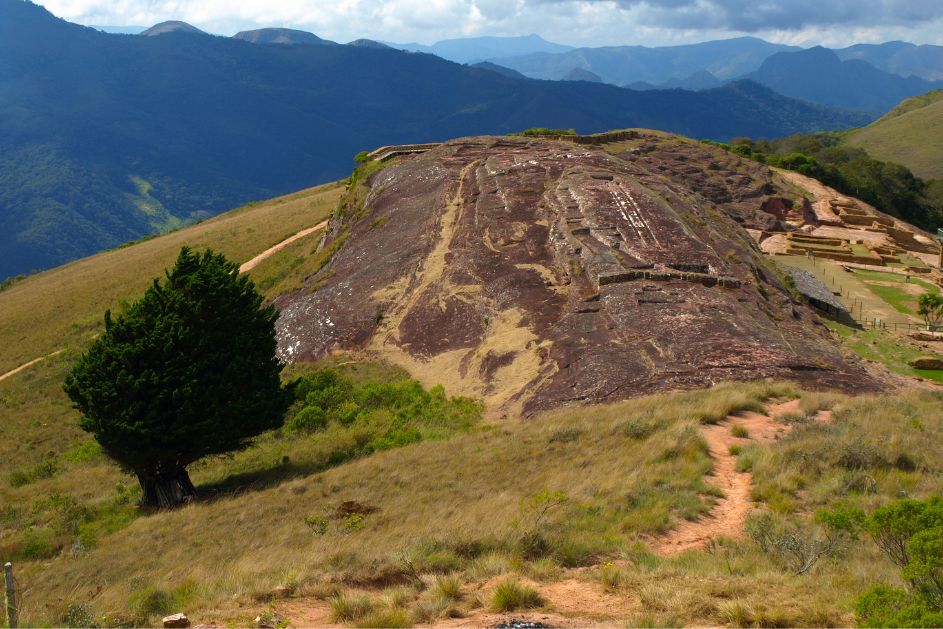
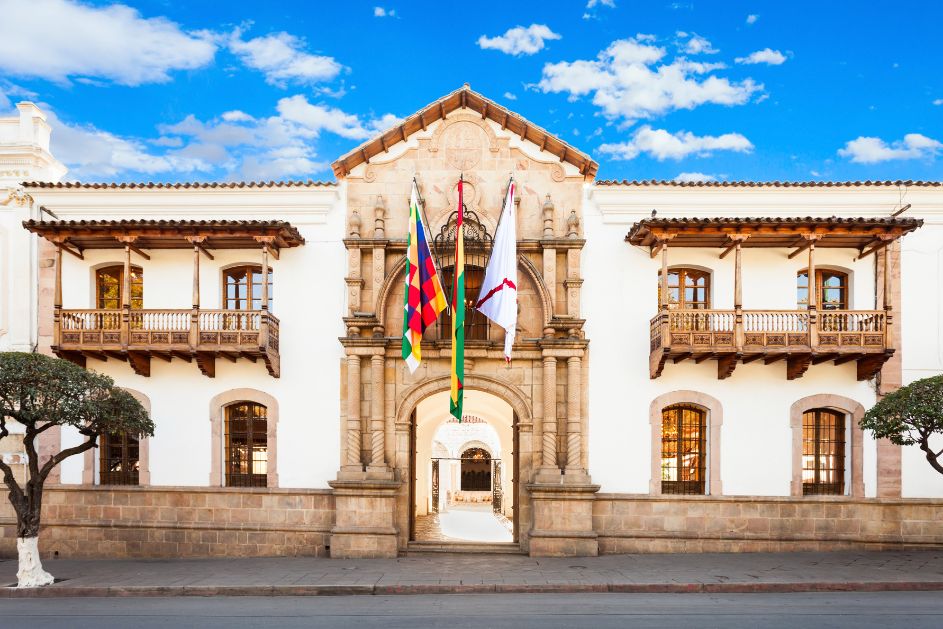
There are over 1,100 world heritage sites spread across more than 165 countries. New ones are added every year, and some may be removed from the list for various reasons.
Number of UNESCO listed sites: 7.
Top world heritage sites:
- City of Potosi.- El Fuerte de Samaipata.
- Historic Sucre.
- Jesuit Missions of the Chiquitos.
- Noel Kempff Mercado National Park.
- Tiwanaku: Spiritual and Political Centre of the Tiwanaku Culture.
- Qhapaq Ñan, Andean Road System.
Interesting facts about Bolivia
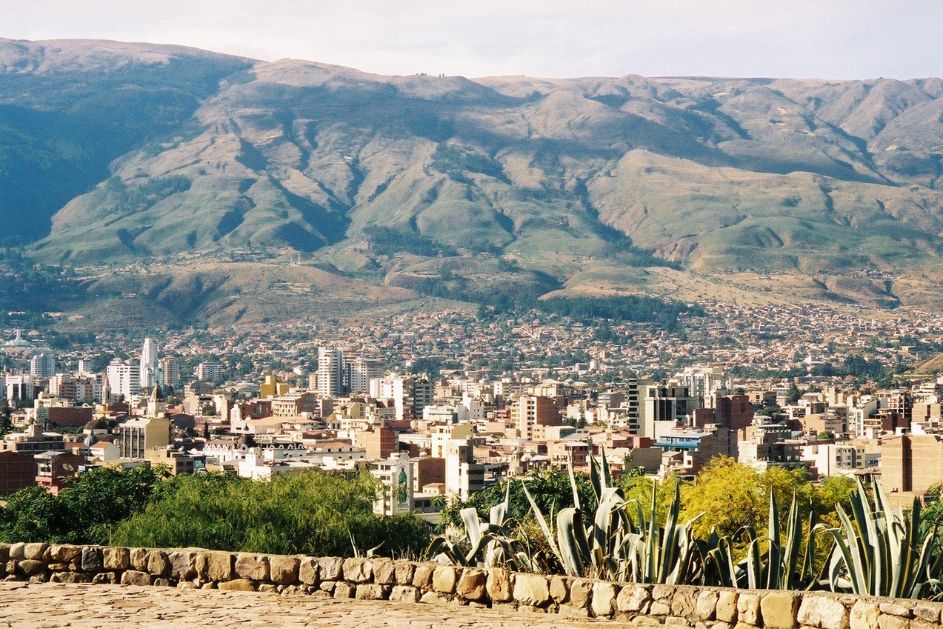
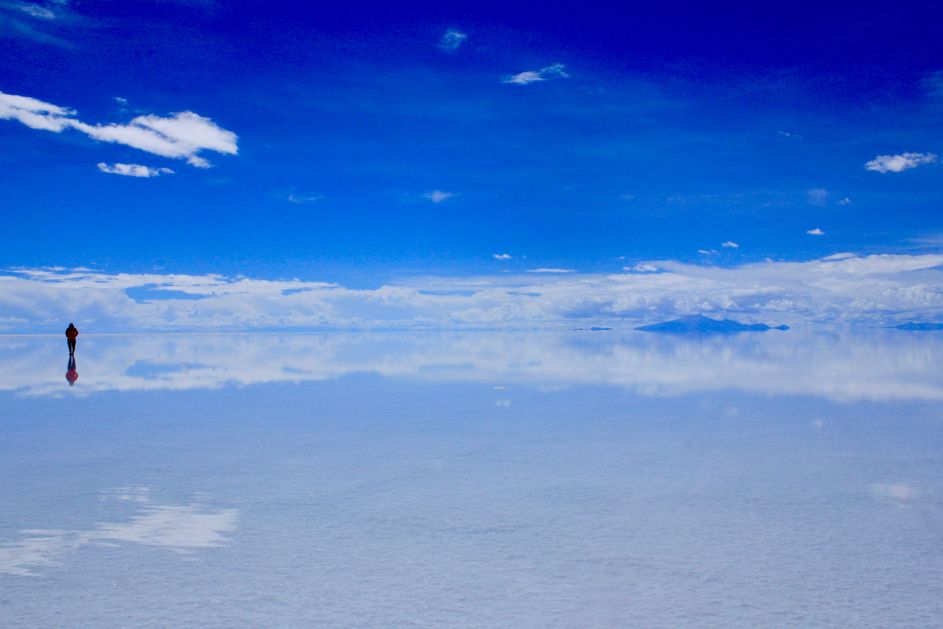
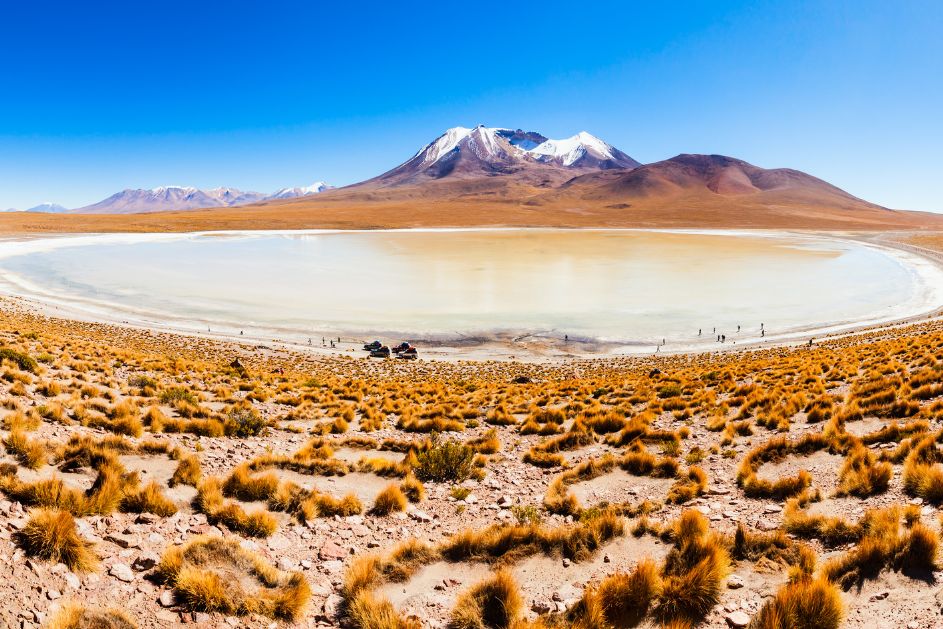
- Bolivia is home to the largest salt flats in the world called Salar de Uyuni, also referred to as “largest mirror on Earth”. A vast expanse of 10 million tonnes of white salt that stretches across 10,000 km.
- A clock located in the National Congress building in the main square of La Paz runs backwards to remind citizens to think differently.
Further reading: N/A.
Bolivia Travel tips
Socket type: A / B / C. Guide to socket types.
Weekend days: Saturday and Sunday.
Driving: Cars drive on the Right.
Local taxi apps: Uber, TuTaxi.
Travel Guides: Lonely Planet, Bradt Guide.
Languages spoken: Spanish (official) 60%, Quechua (official) 21%, Aymara (official) 15%, Guarani (official) <1%, other native languages <1%, foreign languages 2%, none <1%.
Basic words and phrases in the main language:
Hello: HolaPlease: Por favor
Thank you: Gracias
Help: Necesito ayuda
Learn more with our favorite learning app Mondly.
Find a hotel in Bolivia
Booking.comBook tours and activities:
More about Bolivia on Solo Female Travelers
Coming soon.Did you spot any errors? We do our best to keep this information updated and accurate, but things change. If you saw anything that is not right, let us know so we can fix it: [email protected].
About the Solo Female Travel Safety Index
Safety matters to solo female travelers, you told us so in our annual Solo Female Travel Survey, where year after year, women prove that this is their most important concern when traveling solo.
We wanted to do something about it, so we built these country-specific pages where you can find reviews and scores for 7 key variables affecting the safety of women traveling solo.
Variables
- Risk of scam
- Risk of theft
- Risk of harassment
- Attitudes towards women
- UK Travel Advisory
- US Travel advisory
- Global Peace Index (GPI)
Informing OSAC
The Solo Female Travel Safety Score is used by the Overseas Security Advisory Council for including safety concerns for women travelers in their country security reports; OSAC is a partnership between the U.S. Department of State and private-sector security community.
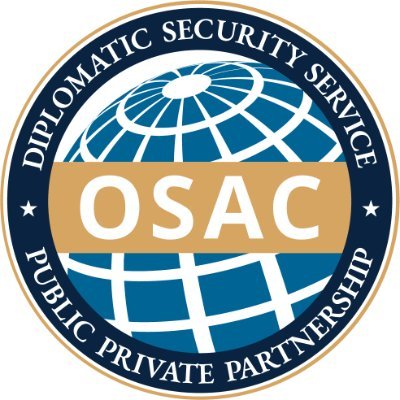
How to use the Safety Index
On this page, you will find the country score and the personal opinions on safety of other women traveling solo.
You can sort the comments by:
- The level of experience traveling solo of the reviewer (beginner = <5 trips solo, Intermediate = 5 to 10 trips solo, Experienced = >10 trips solo).
- The age of the traveler.
- Whether they are a visitor or local.
- The date they were posted.
The safety scores range from 1 to 4 with 1 being the safest and 4 being the most dangerous for solo female travelers.
Thus, the lower the score, the safer the country.
Looking for more safety resources?
This entire website is devoted to helping women travel solo. Check out the links below to learn more:
Solo Female Travel Stats: Results from the the largest, most comprehensive and only global research study on solo female travel trends, preferences and behaviors published.
Thanks to Jacobo Vilella for creating the Solo Female Travelers Safety Index ❤️






